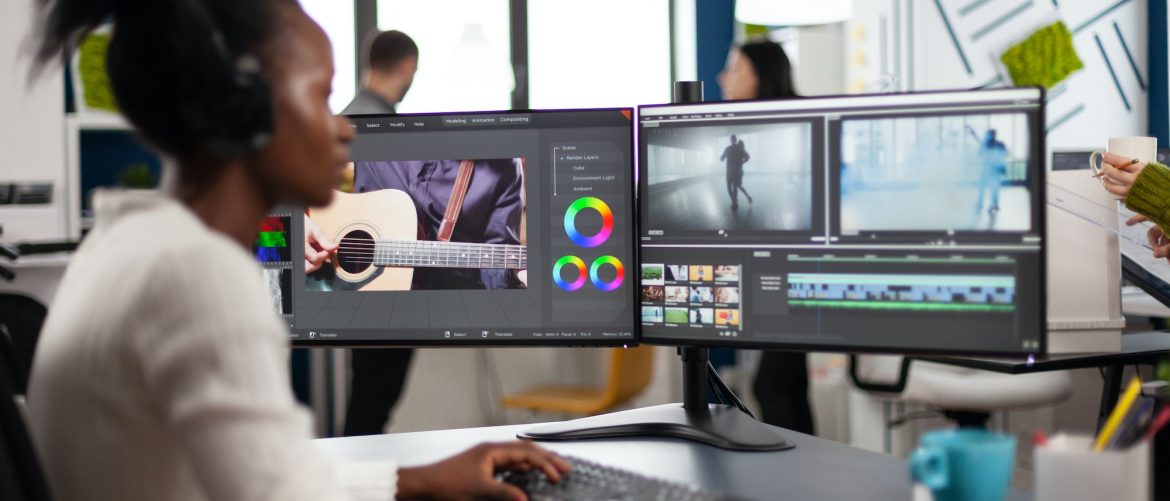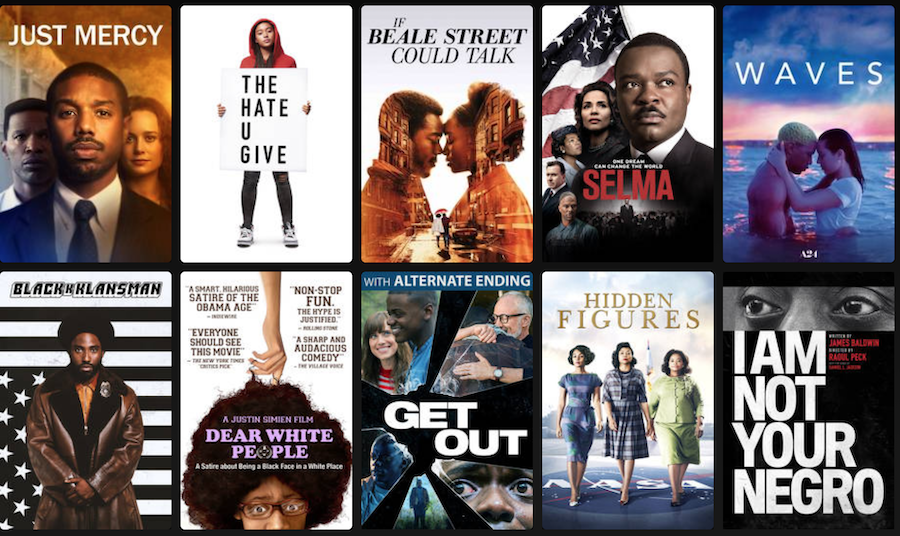Technology and Film Transformation: The Definitive Guide
Discover the ultimate Film Transformation Guide merging Technology and Film. Unlock new horizons in cinema with this comprehensive guide

The Transformation of Movie Experiences in the Digital Age A Look at the Impact of Technology
The world of cinema has undergone a profound transformation over the past few decades, thanks to the rapid advancements in technology. From the days of silent films to the era of 3D and virtual reality (VR) experiences, technology has fundamentally altered the way we experience movies. In this exploration of the evolving relationship between technology and film, we will delve into various aspects, such as the way we consume, produce, and interact with movies. Through this journey, we will gain insights into the?impact of technology?on the art of storytelling and how it has revolutionized our cinematic experiences.
Accessibility and Convenience
The advent of technology has made movies more accessible than ever before. Gone are the days when you had to visit a physical movie rental store or wait for a specific time slot on television to watch your favorite films. Streaming platforms like Netflix, Amazon Prime Video, and Disney+ have made it possible to watch movies on-demand from the comfort of our homes. This accessibility has not only changed the way we consume movies but has also reshaped the entire film industry.
Diverse Content Consumption
Technology has not only made movies more accessible but has also expanded the diversity of content available. With the proliferation of streaming services and online platforms, there is a vast array of movies catering to different tastes, genres, and cultural backgrounds. Viewers now have the freedom to explore international cinema, indie films, and niche genres that might not have been readily available in traditional theaters or video rental stores.
Enhanced Visual and Audio Quality
One of the most significant?advancements technology?that has impacted the movie-watching experience is the improvement in visual and audio quality. High-definition (HD) and 4K resolution, along with advanced sound systems like Dolby Atmos, have elevated the sensory experience of watching movies. These technologies allow viewers to immerse themselves in the intricacies of cinematography and sound design, making the storytelling more vivid and engaging.
Special Effects and CGI
Advancements in computer-generated imagery (CGI) and special effects have revolutionized the way movies are made.?Blockbuster films?like "Avatar" and "The Avengers" have pushed the boundaries of what is visually possible on screen, taking audiences to fantastical worlds and showcasing awe-inspiring action sequences. CGI has enabled filmmakers to bring their imaginative visions to life in ways that were once unimaginable, fundamentally altering the spectacle of cinema.
Interactive and Immersive Experiences
Virtual reality (VR) and augmented reality (AR) technologies have opened up new frontiers in storytelling. VR allows viewers to step inside the movie's world and interact with the environment, blurring the line between the real and the virtual?inspiring action sequences. This immersive experience has given rise to innovative narrative forms, such as interactive movies and VR documentaries, where viewers have agency in shaping the storyline.
Social Media and Film Promotion
Technology has transformed the way movies are marketed and promoted. Social media platforms like Twitter, Facebook, and Instagram provide filmmakers with powerful tools to engage with their audiences, share teasers, and create viral campaigns. Fans can follow their favorite actors, directors, and movie studios in real-time, fostering a sense of community and anticipation around upcoming releases.
Online Reviews and Criticism
The rise of the internet and social media has democratized film criticism. Anyone with an internet connection can now share their thoughts and reviews on movies through blogs, YouTube channels, and social media platforms. This has diversified the landscape of film criticism and provided filmmakers with valuable feedback and insights directly from their audience.
Crowdsourced Funding and Independent Filmmaking
Technology has also empowered independent filmmakers through crowdfunding platforms like Kickstarter and Indiegogo. These platforms allow filmmakers to raise funds for their projects directly from their potential audience, bypassing traditional funding hurdles. As a result, we've seen a surge in innovative and creative independent films that might not have seen the light of day without the support of online communities.
Data-Driven Filmmaking
Big data and analytics have found their way into the world of cinema. Studios and streaming platforms use data to inform their decisions about which movies to produce, what genres are trending, and how to target?specific demographics. This data-driven approach has implications for the types of stories that get told and the way they are marketed to audiences.
Preservation and Restoration
Technology has played a vital role in the preservation and restoration of classic films. Digitization and restoration techniques have breathed new life into old, deteriorating film reels, ensuring that iconic movies from the past can be enjoyed by future generations in pristine quality.
Film Production and Post-Production
The entire process of film production, from shooting to editing, has been revolutionized by technology. Digital cameras have replaced traditional film stock, making it easier and more cost-effective to shoot movies. Editing software has become more sophisticated, allowing for intricate post-production work, color grading, and visual effects integration.
Online Film Communities
Online film communities and forums have flourished, allowing cinephiles to connect with like-minded individuals from around the world. These communities facilitate discussions about movies, share recommendations, and create a sense of belonging among movie enthusiasts.
Artificial Intelligence in Filmmaking
Artificial intelligence (AI) is making its mark in the world of filmmaking in various ways. AI algorithms can analyze massive datasets to predict box office performance, optimize marketing strategies, and even generate scripts and storylines. Additionally, AI-driven tools are used in post-production for tasks such as color correction, sound editing, and visual effects, streamlining the filmmaking process and reducing production costs.
Personalized Viewing Recommendations
Streaming platforms employ machine learning algorithms to analyze user viewing habits and preferences, offering personalized movie recommendations. This tailoring of content ensures that viewers are more likely to discover films that align with their interests, ultimately enhancing their movie-watching experiences.
Mobile Devices and On-the-Go Viewing
The ubiquity of mobile devices, such as smartphones and tablets, has allowed for on-the-go movie viewing. Apps from streaming platforms and digital downloads mean that people can watch films during commutes, travel, or virtually anywhere with an internet connection, providing unprecedented flexibility in consuming content.
Collaboration and Globalization
Technology has facilitated collaboration between filmmakers from different parts of the world. Through digital tools and platforms, directors, writers, and actors can work together on projects regardless of their geographical locations. This globalization of the film industry has led to the creation of cross-cultural and diverse stories that resonate with audiences worldwide.
Security and Anti-Piracy Measures
The digital era has brought with it concerns about piracy and copyright infringement. To combat these issues, technology has introduced various security measures, including digital rights management (DRM) and watermarking, to protect the intellectual property of filmmakers and studios.
Streaming Wars and Content Competition
The rise of streaming services has sparked intense competition among platforms to acquire and produce exclusive content. This competition has resulted in increased investments in original programming, leading to a golden age of television series and a wide array of options for viewers.
Fan Engagement and Transmedia Storytelling
Technology has enabled filmmakers to engage with their fans on a deeper level through transmedia storytelling. Movies are no longer confined to the big screen; they can expand into video games, graphic novels, virtual reality experiences, and more. This immersive approach allows fans to explore the movie's universe in multiple mediums, creating a more profound connection between the audience and the story.
Environmental Impact and Sustainability
While technology has brought numerous benefits to the film industry, it has also raised concerns about its environmental impact. The energy-intensive process of producing, distributing, and streaming movies contributes to carbon emissions. Filmmakers are increasingly exploring sustainable practices and seeking eco-friendly solutions to reduce the industry's environmental footprint.
In conclusion, technology has reshaped the movie-watching experience in ways that were unimaginable just a few decades ago. From accessibility and content diversity to visual effects and AI-driven innovations, technology
Technology has undeniably transformed the way we experience movies, from how we access and consume them to the quality of audiovisual elements and the very nature of storytelling. The impact of technology on the film industry has been multifaceted, democratizing filmmaking, expanding content diversity, and enhancing the overall cinematic experience. As technology continues to evolve, we can expect even more exciting innovations that will shape the future of cinema, leaving us eagerly anticipating what the next technological leap will bring to the world of movies.
What's Your Reaction?












